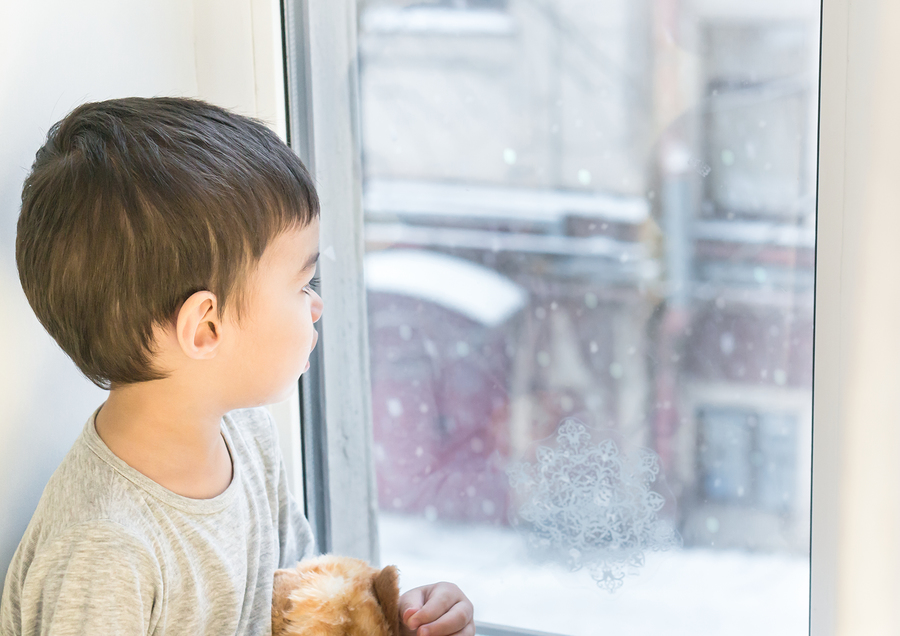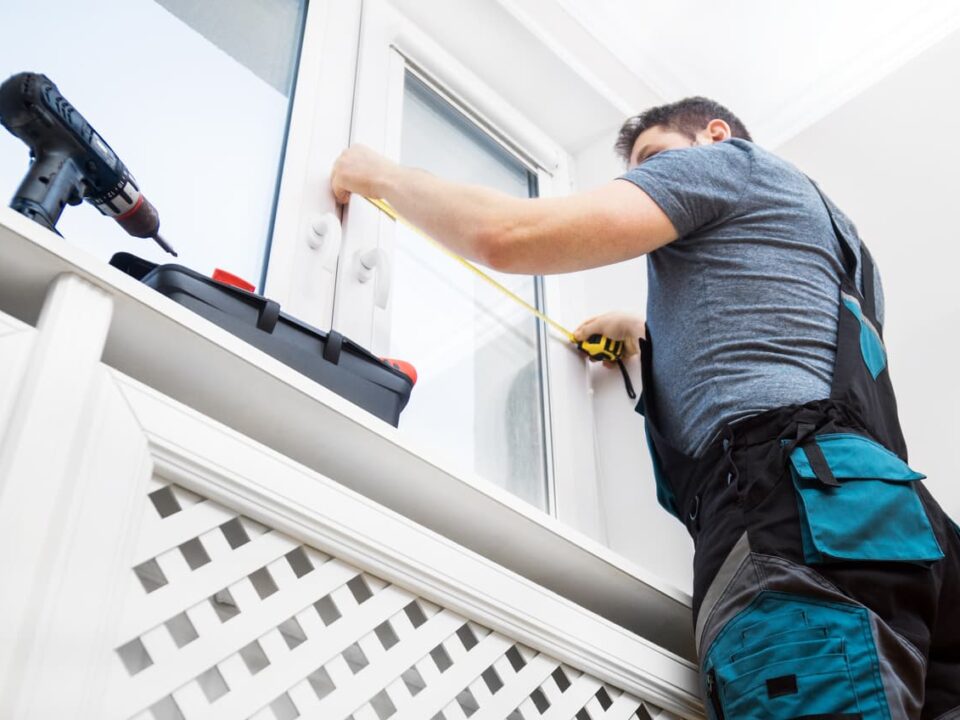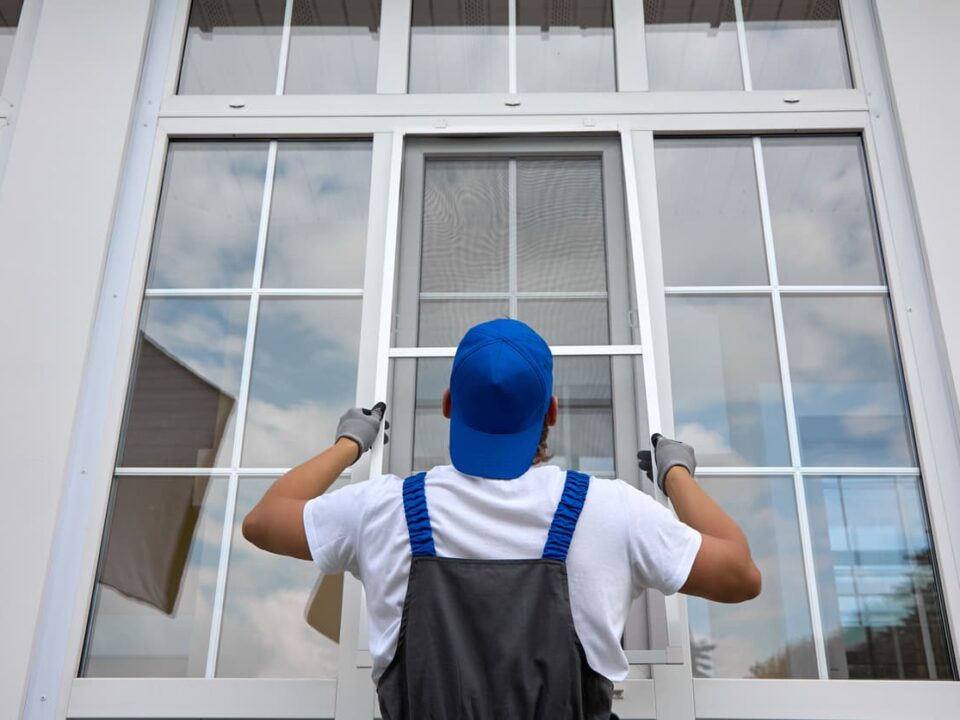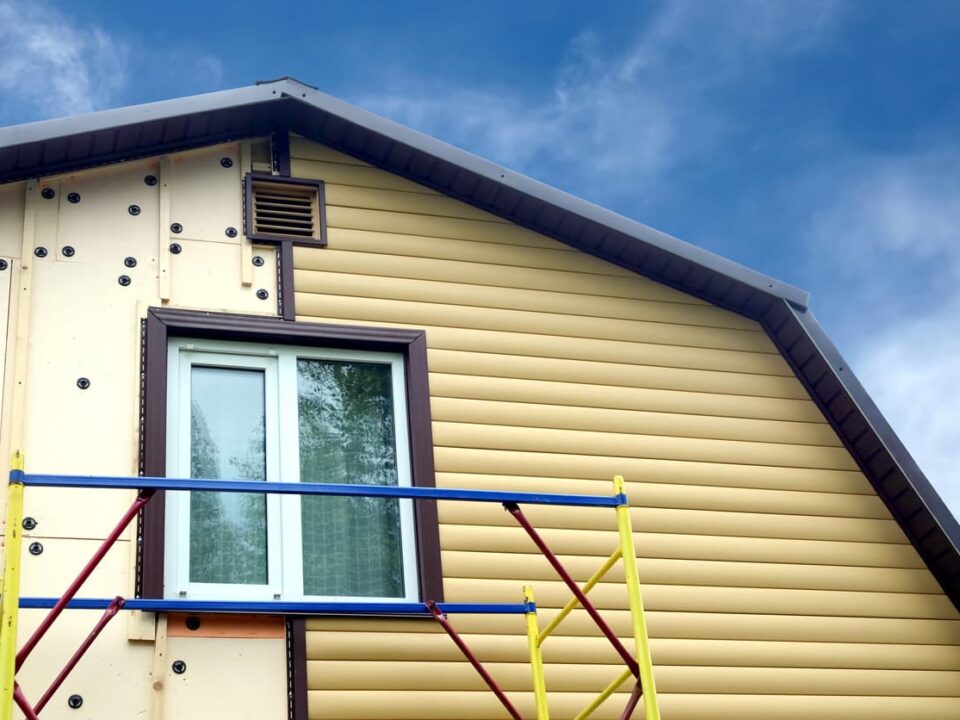
Are Triple Pane Windows Worth the Extra Cost?
June 25, 2020
Your Guide to Understanding Energy Star Window Ratings
June 29, 2020
Feeling a draft coming in through your windows during the colder winter days is not a pleasant experience. However, the cold air you’re feeling near your windows may not actually be a draft. If your window doesn’t have any air leaks (which is what causes a draft to occur), then it may mean window convection is taking place. Window convection can cause cold air to form around your windows, so it’s something that you will want to keep in mind when shopping for replacement windows.
What is Window Convection?
When temperatures outside are cold, the inside of your window is going to feel warmer than the outside of your window. This much is obvious if you’re running your heating system inside. However, because the window is cold on one side and warm on the other, it becomes a medium for heat transfer from your home’s interior to its exterior. Essentially, the window will suck heat from the air near the window and turn it into cold air. As a result, this cold air will sink down and be replaced by new warm air being produced by your heating system. This results in a cycle that won’t end until the air inside is the same temperature as the air outside.
As you can imagine, the presence of window convection will not only make it feel like there’s a cold draft near your windows, but it will also decrease the energy efficiency of your home. After all, your heating system is going to have to continually pump out hot air to replace the heat that was lost due to window convection.
How to Address Window Convection
Fortunately, there are a few ways to address window convection. For example, make sure that the warm air being produced in your home is actually reaching the glass of your windows. You can do this by keeping curtains and blinds at least slightly open. Also, make sure that you’re not blocking any of the heat registers near your windows with furniture. By ensuring that your heat register exchanges can pump out warm air freely, your home will be affected by convection much less.
Replace Old Windows
While older windows also tend to be more vulnerable to potential air leaks (which can cause the same issues that window convection can cause), they are also more vulnerable to window convection as well. It’s why you might want to consider investing in more energy efficient double or triple paned replacement windows for your home.
Single pane windows are much more likely to be affected by window convection than double or triple pane windows. If your windows have more than one glass pane, it means that there will be a small air gap between them. As a result, the air that gets trapped between the glass panes will help to act as an insulator, thereby reducing the rate of convection. This occurs because the air trapped between the glass panes will have little room to move.
Although the initial cost of energy efficient windows might be more expensive than traditional windows, you’ll end up saving more money in the long run on energy cost savings alone. On top of that, you’ll find that your home will be much more comfortable during the winter months.
Contact Us For Information on Replacement Windows Today
If you suspect that window convection is taking place in your Cleveland area home, consider investing in more energy efficient replacement windows. To learn about our wide selection of energy efficient windows or to request a free estimate, contact us online at Armorvue Home Exterior or give us a call at (440) 447-6648 today.
Subscribe to ARMORVUE Home Exteriors’s Blog
Get ARMORVUE Window & Door’s latest articles straight to your inbox. Enter your name and email address below.





